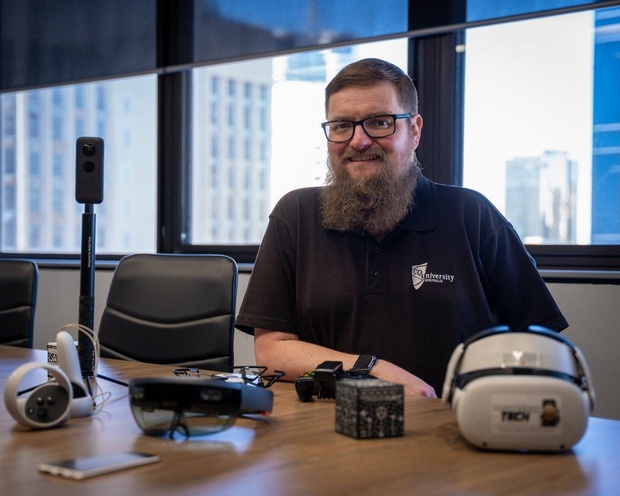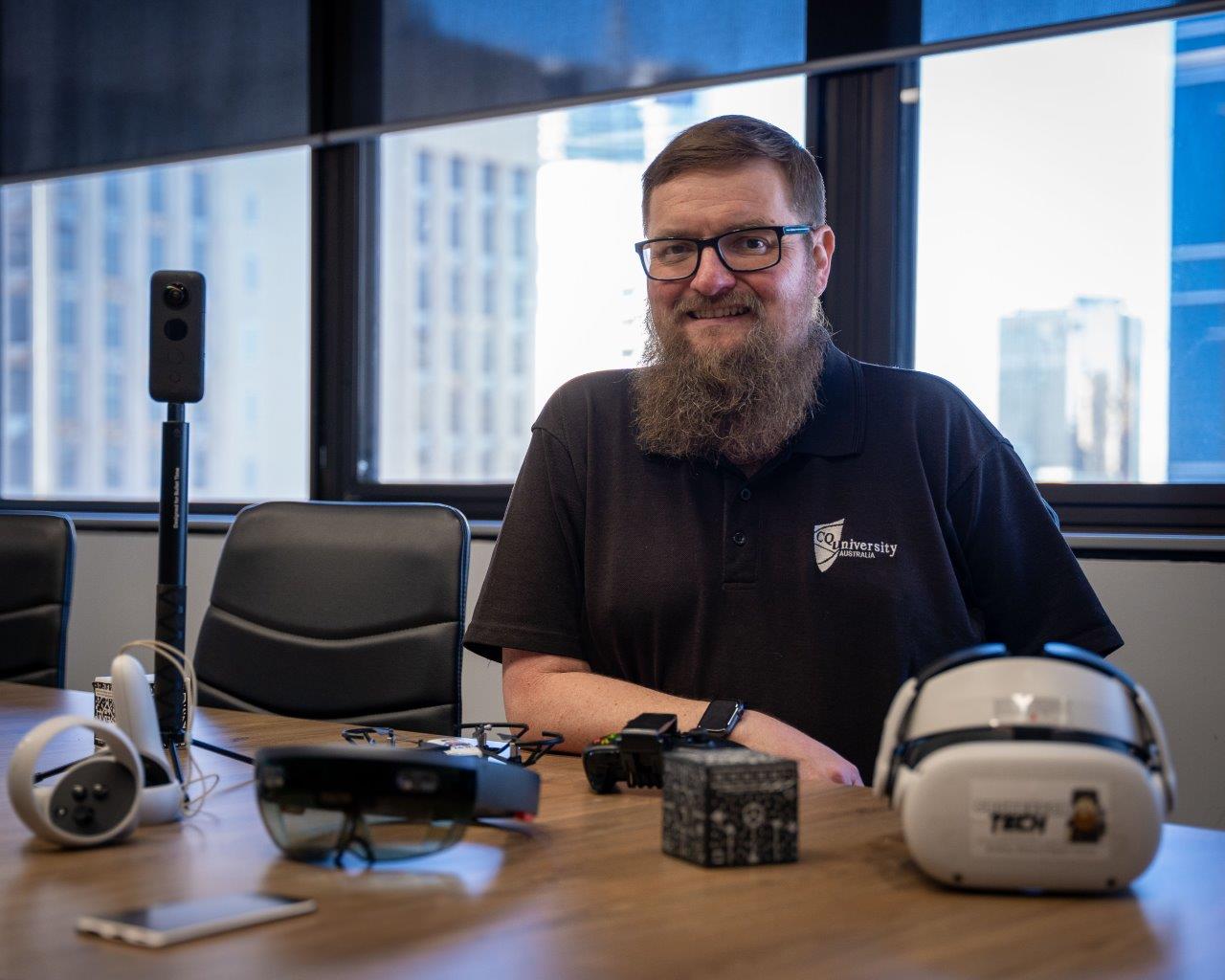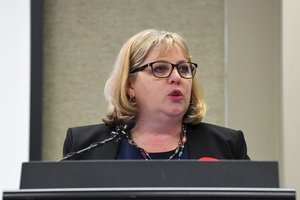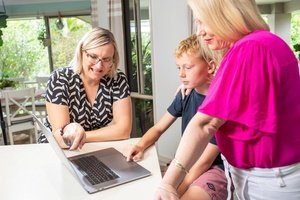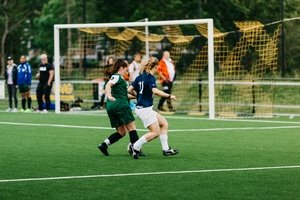Called ‘Away for the Day’, the guidelines mean all Queensland public school students must have their phone switched off during school hours, and while attending activities such as sport, excursions and camps.
It is up to each school to determine how and where students’ phones will be stored and certain wearable devices like smartwatches must have notifications switched off.
Associate Professor Michael Cowling has been a leader in educational technology and technology in society for more than 20 years now, and says while by no means should there be a free for all, we need to strike a balance in smartphone use in schools.
He says there are positive uses of the technology that’s in our pocket all the time – and that there’s a reason that it’s in our pocket all the time.
“I understand that there are concerns about kids getting distracted, and I understand that they’re worried about bullying,” he concedes.
“...my concern is that by not having this device accessible, we don’t have this situation for that ad hoc or emerging use of technology, because you just don’t have it with you."
Cowling uses the example of his own tertiary classroom, where he’ll say to his students, ‘here’s what they call this, but I’ve got no idea why they call it that, or I’ve got no idea where this came from’ – and his students know that he’s open to them working that out using their phones.
“So, I encourage them to go and work it out, to look at the etymology of that word, or why is that the case, and then stick up their hand in five minutes and say, ‘Actually, Mike, I looked that up, and this is the story’, and we all learn something, right? But it’s because they have the device in front of them; if they don’t, they’re not going to do that.”
Cowling says the first step is finding out for what purposes students are actually using their phones.
“I think there’s a lot of scuttlebutt about what the students are actually using their devices for,” he says.
“And I think understanding screen use, as opposed to screen time, is important for us, that there’s a distinguisher there.
“Once we understand that, to me, the next step is teaching students how to effectively use these devices, and appropriately use these devices, when they have them.”

Queensland has been one of the last states in Australia to ban mobile phones in the classroom, but Cowling is challenging the call, saying phones still have a educative role to play in primary and secondary school classrooms.
Cowling uses the example of us as adults learning that being on your mobile phone or having your mobile phone out while you’re sitting in a meeting with the CEO is probably not a good idea, and we understand the context of when it’s appropriate to use the device and when it’s not appropriate.
“YouTube is a great example, because inevitably, we see our kids waste lots of time on YouTube, but the reality is that there are actually lots of great learning resources on YouTube as well.
"So I go to state schools, and they’ve got YouTube blocked, and it actually makes my job harder.
“Look, I don’t have the silver bullet, I don’t necessarily have the answer to all of that, but I think that education process is the bit that we need to focus on.”
In a Tech in Schools: 2024 Insights and Predictions report recently released by teaching and learning platform, Atomi, amongst its key findings was that 74 per cent of educators believe that technology enhances the learning experience for students, yet only 29 per cent think their school provides adequate training and support for edtech tools.
“…that’s a very consistent finding,” Cowling concurs.
“We all think it’s the future, but not many of us know what to do with it.”
Cowling is renowned for his work with academics and teachers in responding to this very issue, most notably with his award-winning workshop series ‘Weaving Technology into the Fabric of the Classroom’.
Now in its tenth year, the program was originally funded by Google, and was called ‘Computer Science for high schools’.
Since then, it has been predominantly funded by CQ University, and basically involves K-12 teachers being invited to the university where he and his team talk to them about technology and how they might use it in learning.
“…and we also have a significant section where they get a hands-on opportunity to actually play with tech,” he says.
“So we’ve done things like wearable technology and VR and AR, robotics, drones…
“What I discovered very quickly from the first one that we did, is that once you get these teachers in, if you keep it from being too technical, and keep it much more practical and about the learning, and you give them some concrete examples of what they can use this stuff for, and how it can help with their classroom practice, then you get this light bulb moment where they look at the technology and go, 'Oh, I could use that to teach history. I could use that to teach geography, I could use it to teach maths’.
“And they can actually see themselves all of a sudden, using it and building and building something that that works in their classroom, because it’s not as confronting as it used to be.”
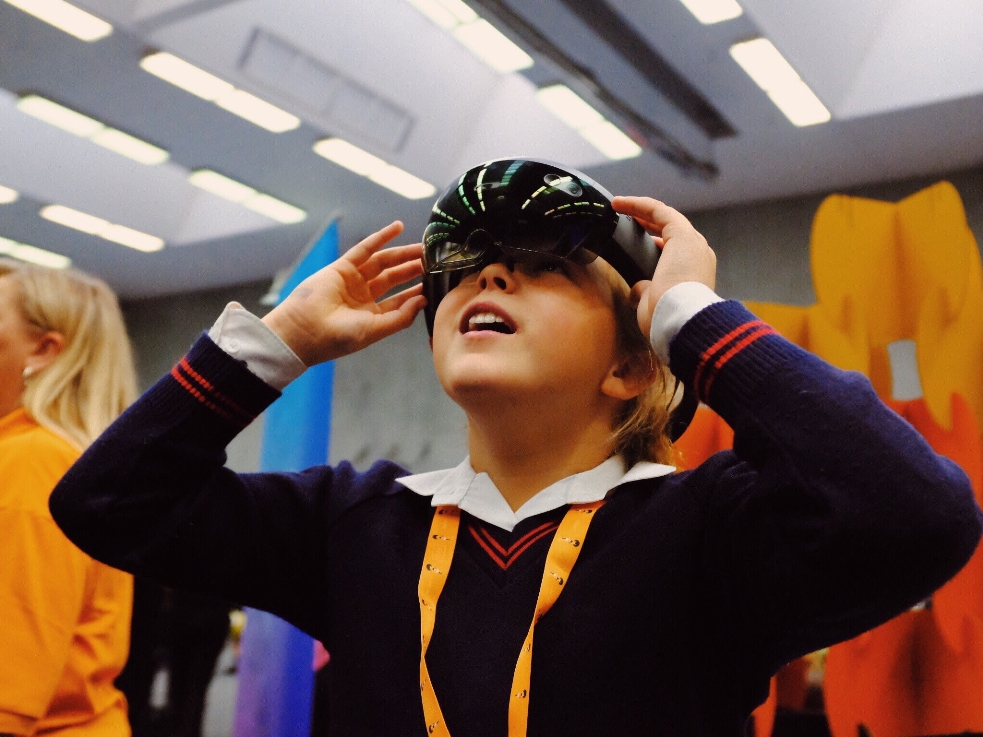
Through hugely successful teacher and student engagement and vast research in this space, Cowling has given many teachers and students the tools to successfully incorporate technology in the classroom, following the philosophy that it’s ‘pedagogy before technology’.
The program is really about exposing teachers to the many different types of technology and helping them understand how it connects to pedagogy.
Last year, EducationHQ spoke to Victorian principal Pam Robinson, whose Lyndale Secondary College became the first Victorian school to open its own Lumination Learning Lab.
She said their immersive classroom is really about providing students with opportunities, supporting them with re-engaging, or engaging, and having a deeper level of engagement in their learning, but also bringing textbooks to life.
While science applications of the technology might involve things like DNA strands, the virtual reality and augmented reality tech also allows experiences like walking the streets of Florence, visiting the pyramids or exploring different museums and galleries.
“It comes down to educating teachers about what they can use technology for,” Cowling suggests.
“So many teachers are thinking about the tech being used to teach a student coding or for teaching robotics, but when you all of a sudden say, ‘Well, you can walk the streets of Florence, or you can actually use this to teach your history unit’, then they say, ‘oh, yeah, I can! I can see how that would work and not in digital literacy context, but even just in theory, or in English, or maths context’.”
The Atomi study also revealed that 60 per cent of respondents believe the use of AI in education will significantly change teaching methodologies, yet 85 per cent believe that AI could never replace the teacher.
So, what does Cowling think?
“As a teacher myself, I would hope that the ability of AI to replace us, to really understand what the student is saying, to interpret what the student is saying and to empathise with the student is beyond, for the moment at least, the capabilities of AI.
“[With the emergence of generative AI] I think it is almost a watershed moment, in some ways, because we’ve realised that some of the ways that we currently do things, like assessments, are perhaps a little old fashioned.”
He uses the obvious example of essays.
“We’ve been asking students to write essays for a long time. We’ve now finally realised in 2023, that a machine can write an essay almost as well as a student; what can we do except change our assessment practices to be less reliant on essays?
“I think [AI] will change [teaching], but I don’t think it’ll ever replace human beings.
“But, of course, I’m going to say that, because I’m a teacher and I don’t want to lose my job!" he laughs.

